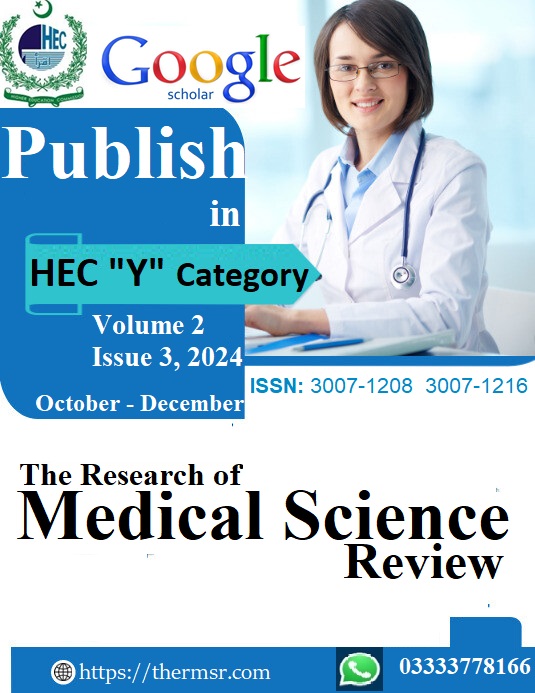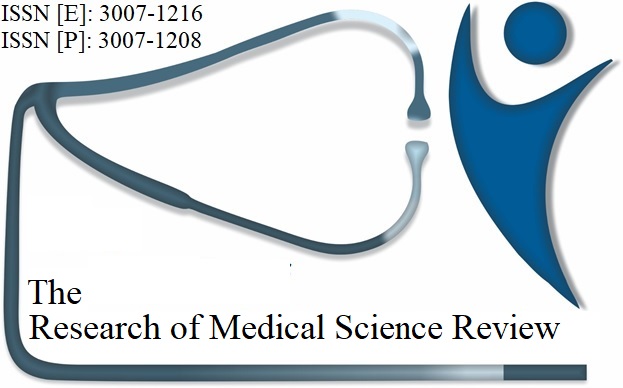COMPARISON OFSURGICALSITEINFECTION IN ELECTIVE VERSUS EMERGENCYABDOMINALSURGERIES IN TERTIARYCARE HOSPITAL, LAHORE
Keywords:
COMPARISON OFSURGICALSITEINFECTION, ELECTIVE VERSUS EMERGENCY, ABDOMINALSURGERIES, TERTIARYCARE HOSPITAL, LAHOREAbstract
Objective: To compare the frequency, risk factors, and types of surgical site infections (SSIs) between elective and emergency surgeries.
Study Design: Retrospective comparative cross-sectional.
Place and Duration of Study: Surgical wards of Services Hospital, Lahore, from July 2024 to December 2024.
Methodology: Simple random sampling was employed to select participants based on eligibility during the study period. A total of 216 patients were included in the study, with 108 patients in the elective surgery group and 108 patients in the emergency surgery group. The sample size was determined using the formula: n = Z2×P(1−P) / E2; Where ZZ represents the Z value, PP is the estimated prevalence, and EE is the desired precision.
Results: The results indicated a significantly higher incidence of SSIs in emergency surgeries (36.8%) compared to elective surgeries (21.2%) (p = 0.014). Factors such as age (p = 0.001), urban residency (p = 0.001), and longer hospital stays (p = 0.001) were significantly associated with higher SSI rates in emergency surgeries. Superficial SSIs were more common, though not significantly different between the groups. Laparotomies and appendectomies in the emergency group demonstrated significantly higher SSI rates compared to the elective group (p < 0.05). Proper instrument sterilization was consistent across both groups.
Conclusion: Emergency abdominal surgeries have a higher risk of SSIs compared to elective procedures due to inherent patient and procedural complexities. These findings underscore the importance of targeted interventions, including optimized preoperative preparation and stringent infection control measures, to minimize SSIs in emergency settings.
Downloads
Downloads
Published
Issue
Section
License

This work is licensed under a Creative Commons Attribution-NonCommercial-NoDerivatives 4.0 International License.















